Sculptures are an essential part of our cities. They fill public spaces like parks, plazas, and street corners, and over time, we've become so accustomed to seeing them that we hardly pay attention anymore. Most sculptures portray historical figures, soldiers on horseback, or majestic lions – they're iconic, safe, and traditional. However, there’s a whole different breed of sculptures that defy the ordinary. These are the ones that make us stop, think, smile, or even laugh. They’re not just visually interesting; they’re mind-bending, thought-provoking, and often provoke deep reflection on life, history, and society.
Here’s a look at 24 unique and quirky sculptures from around the world. These pieces stand out for their creativity, boldness, and unexpected nature. They challenge conventional norms and inspire new ways of thinking.
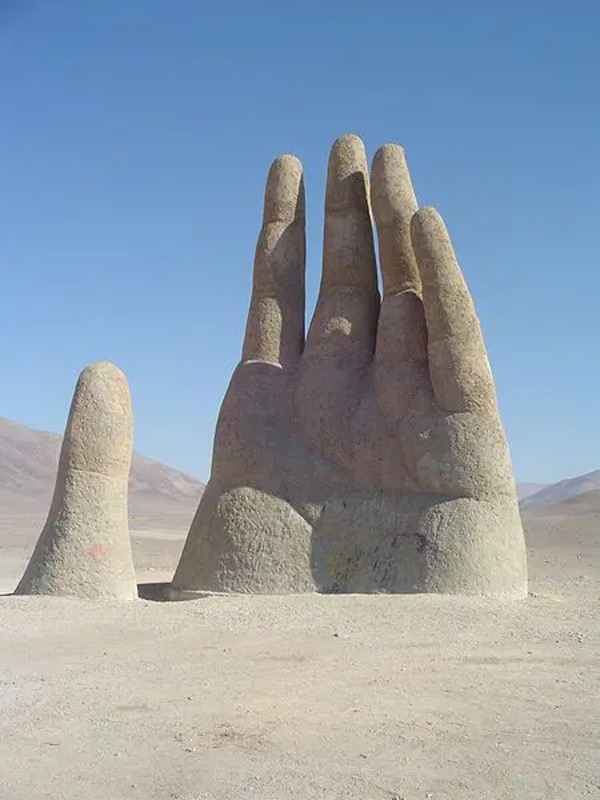
In the remote Atacama Desert in Chile, a massive hand rises out of the ground. Known as "Mano del Desierto" (Hand of the Desert), this sculpture is a surreal sight against the barren, arid landscape. Standing at over 36 feet tall, it’s an arresting monument that makes you question its purpose. It represents human strength and the resilience of life in one of the driest places on Earth. It’s a place that invites visitors to ponder how humans can survive in such an unforgiving environment.
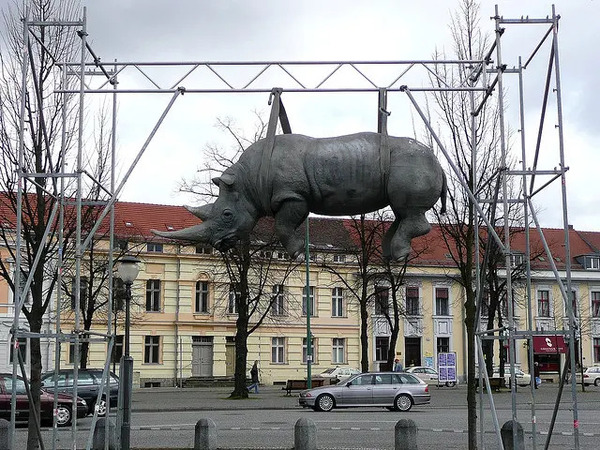
In Potsdam, Germany, you’ll find a rhinoceros suspended in the air, hanging by a harness. This quirky installation by artist Norbert Kricke plays with our expectations and confronts us with the absurd. A rhino is an enormous creature that is rarely thought of in terms of suspension, and yet, here it is, defying gravity. The hanging rhino speaks to the fragile balance between nature and modernity, offering an ironic commentary on the human relationship with the environment.
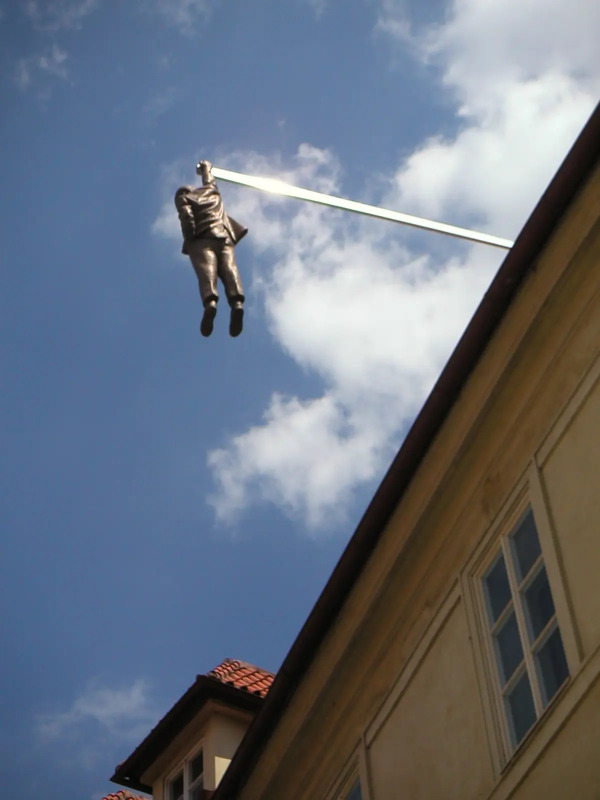
One of the most thought-provoking and bizarre sculptures in Prague is a man hanging by a noose on a street lamp. Known as "The Hanged Man," this piece by David Černý is a commentary on the darker side of human existence and the power structures that dictate life. It’s a stark, uncomfortable piece, challenging passersby to reflect on death, power, and control, making us feel a sense of unease and reflection.
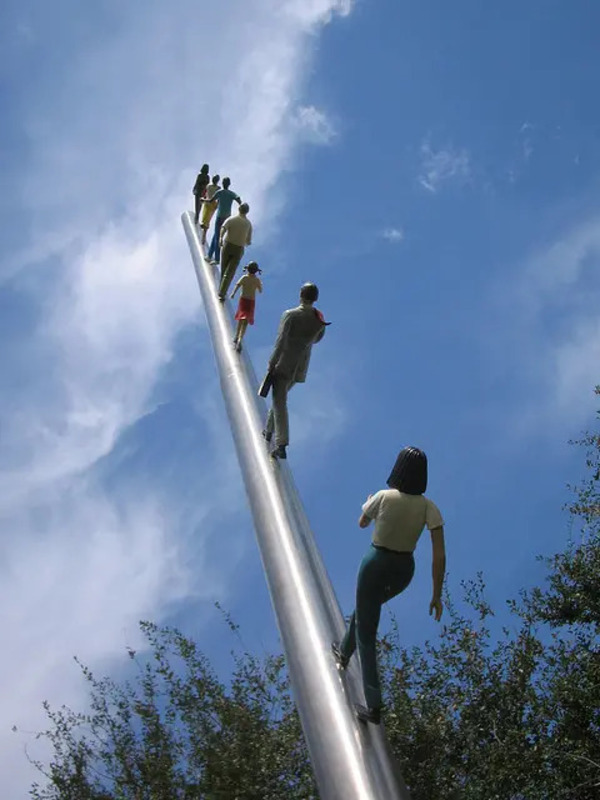
In Pittsburgh, there’s a striking sculpture of a human figure seemingly trying to reach for the sky. This work, titled "Reaching Skyward," is a monumental piece that symbolizes human ambition and the unyielding drive to reach new heights, both literally and metaphorically. The figure’s outstretched arms capture the feeling of striving for something greater, echoing a universal desire for growth and transcendence.
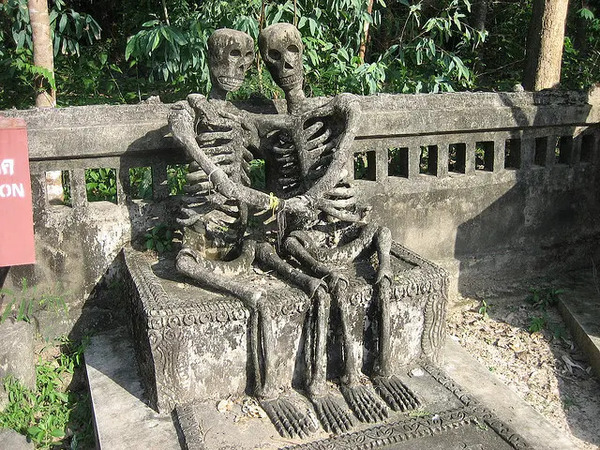
At the Sala Keoku Park in Thailand, you’ll find an unusual sculpture of a couple on a bench, but with a twist: the sculpture is about love even after death. This piece explores themes of eternal love and connection beyond life. It’s an emotional work that plays with the idea of death being just another step in a timeless relationship, offering a comforting perspective on life’s ultimate fate.

Near the Guadalquivir River in Córdoba, Spain, there’s a striking sculpture of a man lying across the water, appearing to rest. It’s an unexpected, surreal piece that plays with the boundary between nature and art. The man, relaxed yet seemingly lost in thought, reflects themes of solitude, rest, and the passage of time. This piece evokes a deep sense of calm and reflection on the fleeting nature of life.
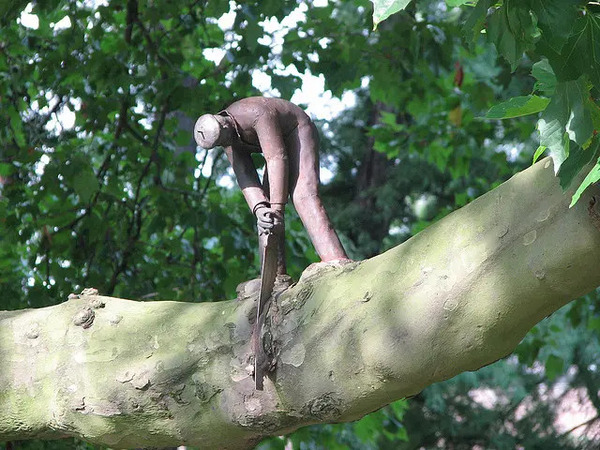
In Amsterdam, a curious sculpture depicts a small man cutting down a tiny tree. The piece is playful, whimsical, and almost comical. However, beneath its lighthearted appearance, it raises questions about deforestation, human impact on nature, and the contradictions in our actions. It’s a cheeky commentary on our relationship with the environment, combining humor with a bit of irony.
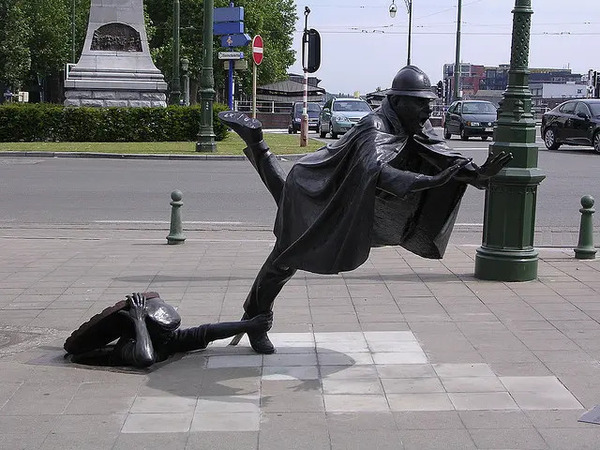
In Brussels, you’ll encounter a fascinating installation featuring two agents stuck in a street corner, seemingly caught in an endless loop. This artwork symbolizes the chaos of modern life and how many of us feel trapped in societal expectations, job routines, and bureaucratic systems. The agents' stiff, robotic postures invite the viewer to reflect on personal freedom and the systems that bind us.
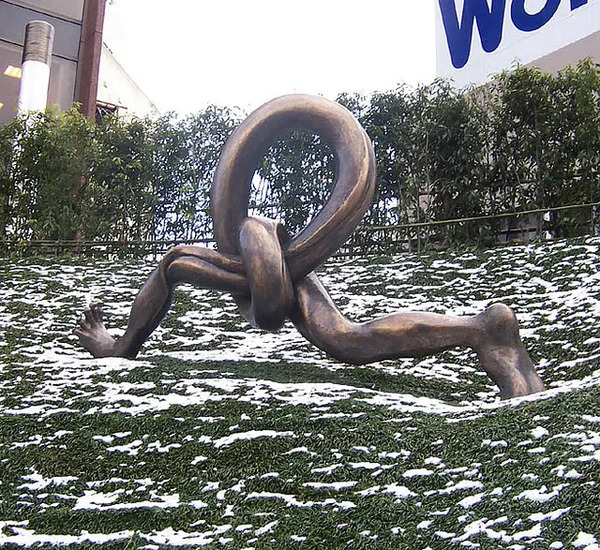
In Hagi, Japan, there’s a fun and quirky sculpture of a man with a silly, exaggerated grin. The piece evokes feelings of humor and playfulness, reminding us not to take life too seriously. The exaggerated features create an element of caricature that adds to its charm, and it serves as a reminder to find joy in the little things.
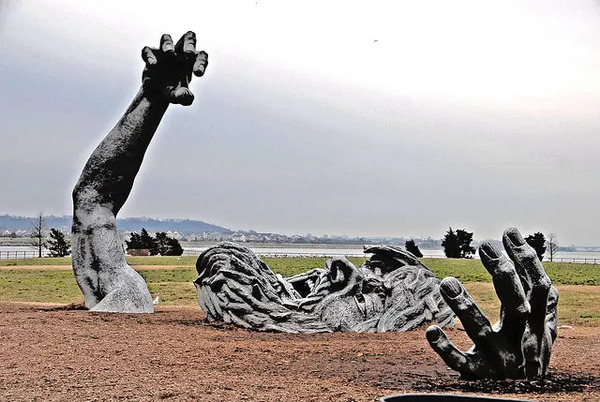
In Washington, D.C., there’s a sculpture of a giant emerging from the earth. This dramatic piece symbolizes the potential of humankind and the dormant power that lies within us all. The towering figure speaks to themes of awakening, transformation, and the potential for greatness. It’s a metaphor for the idea that within each of us is a giant waiting to rise.
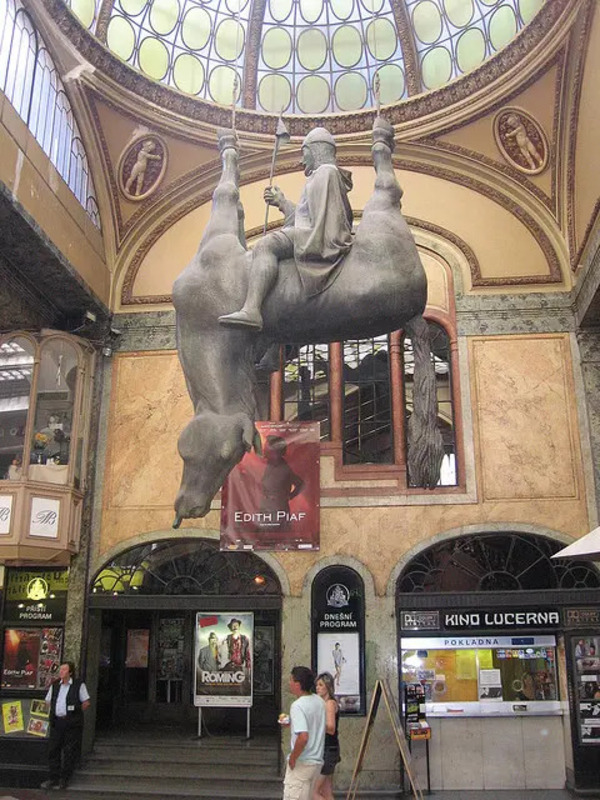
One of the most surprising sculptures in Prague is of St. Wenceslas riding an upside-down horse. Created by David Černý, this piece is a playful yet poignant critique of historical monuments and figures. By inverting the iconic image of St. Wenceslas, Černý questions the reverence we hold for historical symbols and invites viewers to reconsider their conventional understanding of national heroes.
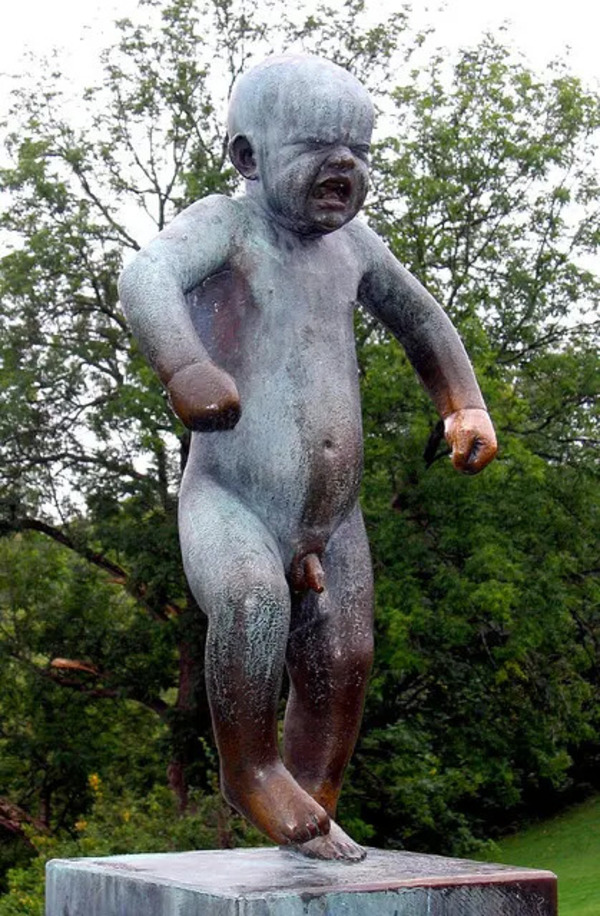
In Oslo’s sculpture park, there’s a disturbing yet captivating statue of a baby with a grim expression. The "Unhappy Baby" sculpture evokes a strong emotional reaction, making us reflect on the darker, less discussed aspects of human nature and childhood. It’s a striking reminder that even the purest beings, like babies, can be affected by the world’s complexities.
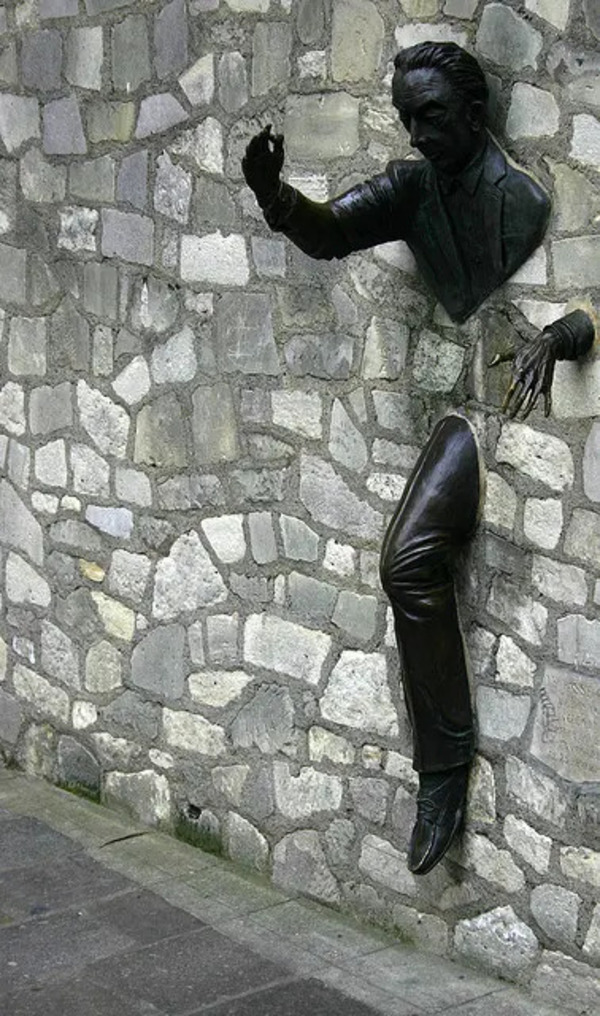
On a wall in Paris, you’ll find a giant pass, titled "Passage," symbolizing access and the freedom to move. This unusual piece reflects modern society's obsession with passage, immigration, and the search for belonging. It serves as a reminder that access—whether to resources, countries, or even opportunities—is never as simple as it seems.
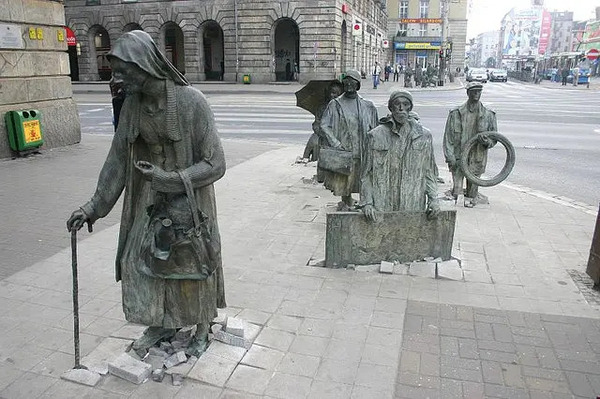
In Wrocław, Poland, there’s a series of ghostly figures walking through the streets. These sculptures, appearing as if they are frozen in time, represent the fleeting nature of human existence and the ghosts of history. They serve as a powerful metaphor for memory, reminding us of the past while making us question how we relate to it in the present.
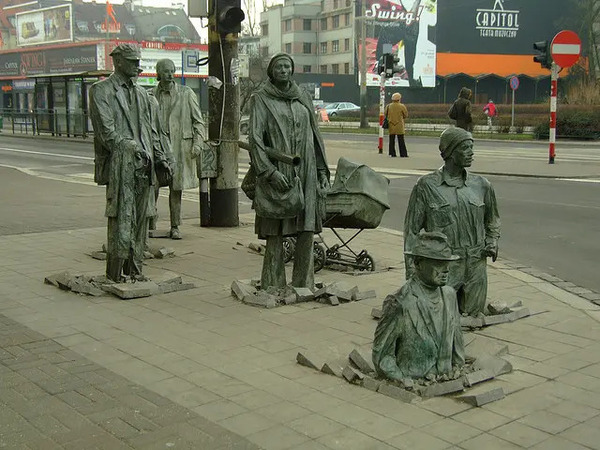
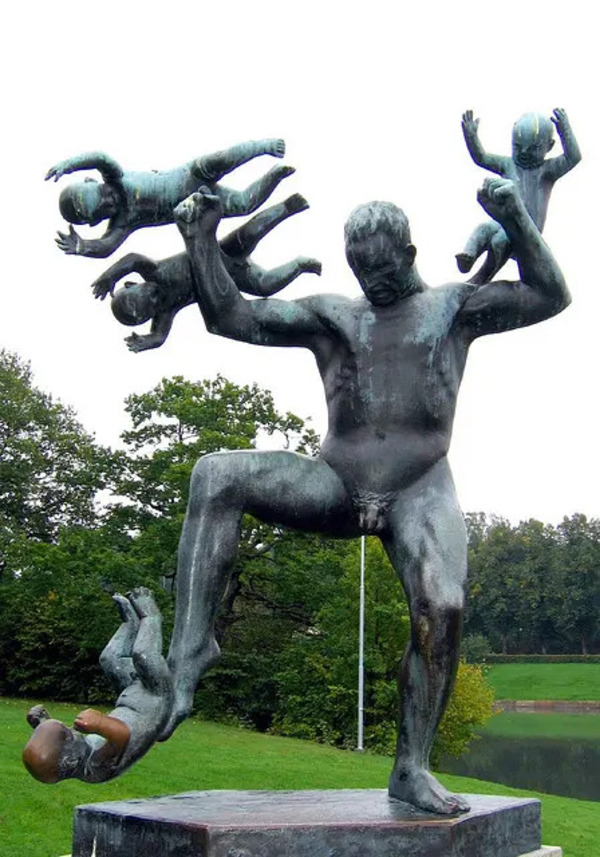
Oslo is home to a number of curious sculptures, including one in a public park that takes a bizarre form. This surreal figure, whose shape seems to shift depending on your perspective, challenges viewers to question the boundaries of form, perspective, and interpretation in art. It’s a piece that encourages you to look beyond the obvious and discover new layers of meaning.
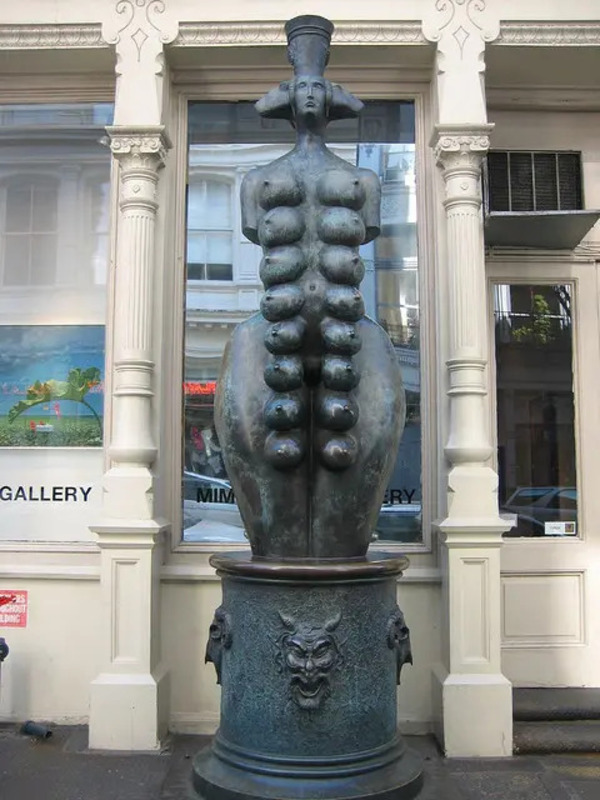
In New York's SoHo district, you’ll encounter an unusual statue of Cybele, the ancient Greek goddess of fertility, nature, and protection. The statue’s oversized presence on a busy urban street creates a striking contrast between the ancient and the modern. It serves as a symbolic reminder of the continuity of nature and the ongoing struggle for balance in an ever-evolving world.
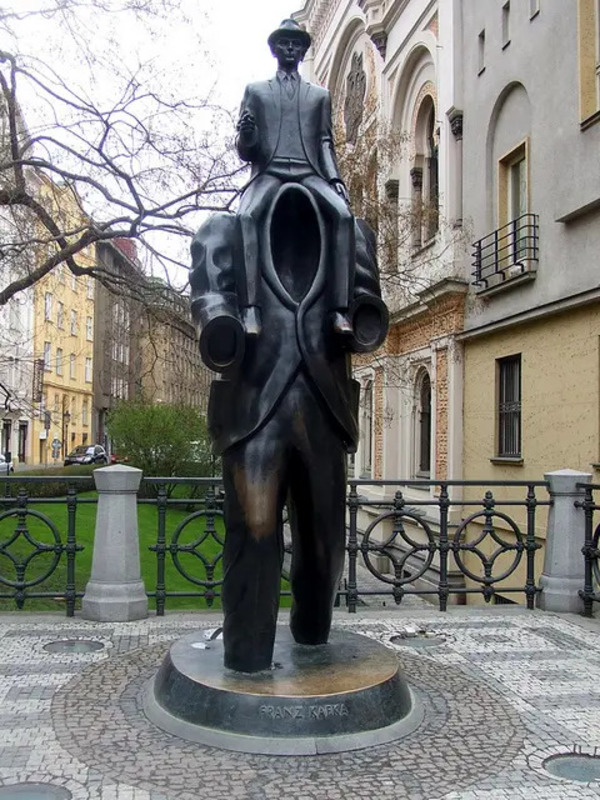
In Prague, a bizarre statue of Franz Kafka, the iconic writer, can be found. The sculpture features Kafka’s head on a rotating body, representing the disjointed, fragmented nature of his works. The twisting, spinning figure embodies Kafka’s own life and legacy, inviting viewers to reflect on the absurdities of existence and the challenges of identity.
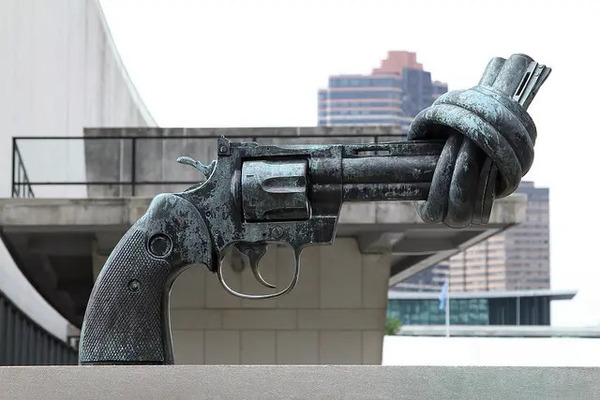
In front of the United Nations headquarters in New York, you’ll find a giant sculpture of a revolver with a twisted barrel. Known as the "Non-Violence" sculpture, it was created by Swedish artist Carl Fredrik Reuterswärd as a symbol of peace. The sculpture transforms a symbol of violence into one of hope, challenging the viewer to rethink the way we approach conflict in the world.
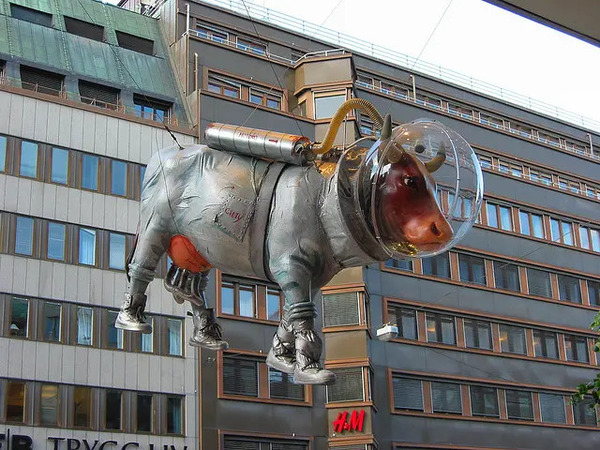
In Stockholm, there’s a whimsical sculpture of a cow floating in space. This playful yet absurd figure has become a symbol of creativity and innovation in the city. The Space Cow reminds us to look at the world from a new perspective and embrace the unexpected.
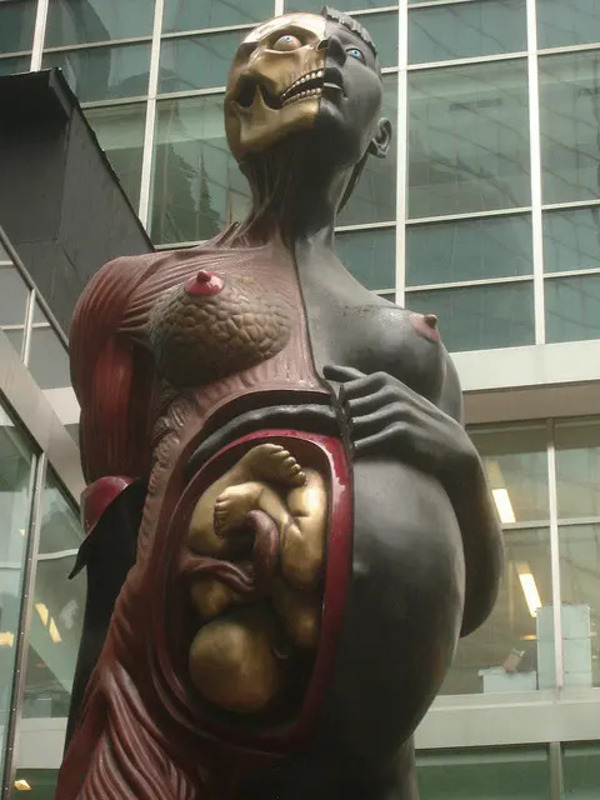
Near the Museum of Modern Art in New York, you can find a striking sculpture by artist Damien Hirst. Known for his controversial work, Hirst's piece is both captivating and unsettling. His sculpture challenges the viewer to confront the ideas of life, death, and the human condition, forcing us to reflect on our own mortality.
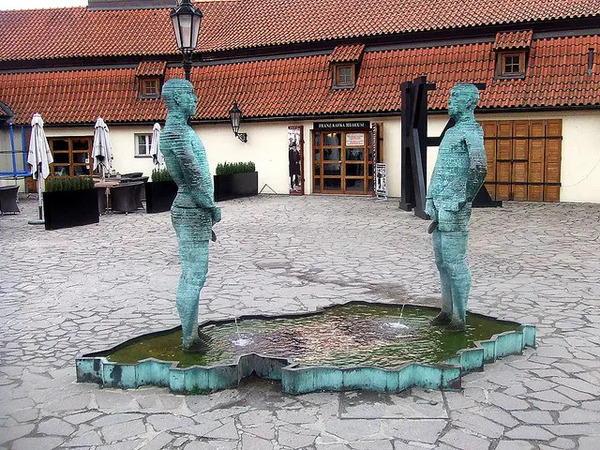
In Prague, there’s an interactive sculpture of two men urinating in a small pond. The piece, created by David Černý, invites visitors to participate by peeing into the water, creating an amusing and somewhat absurd experience. It plays with the concept of public art and interaction, making art feel more personal and dynamic.
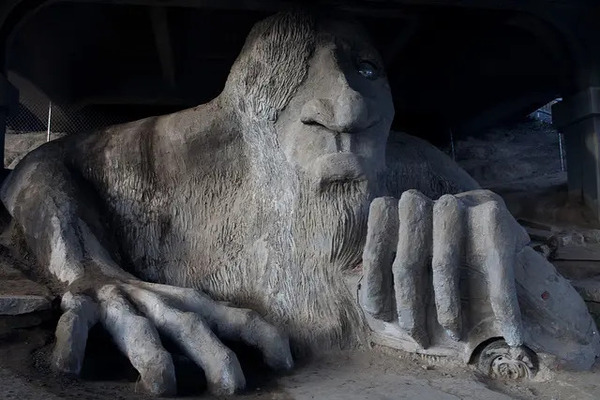
Near Washington Lake Bridge, a large troll sculpture lurks beneath, creating an eerie but fascinating sight. This creature, with its oversized features and mischievous expression, evokes the magic and mystery of folklore. It’s a reminder that art can take many forms, and sometimes, the oddest sculptures are the most intriguing.
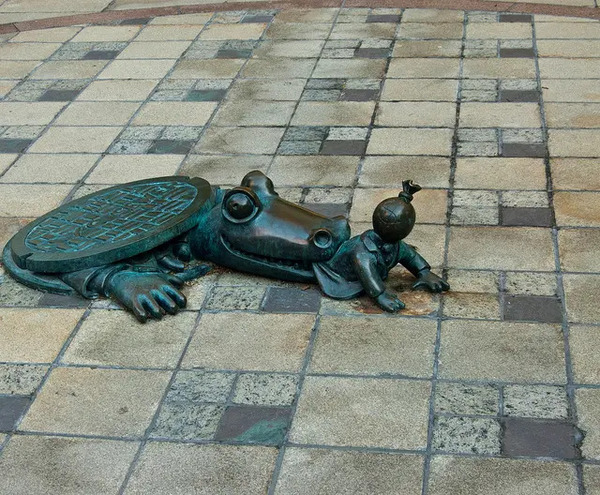
In New York, there's an anti-capitalist crocodile sculpture that offers a stark critique of the modern economy. The crocodile, an aggressive and opportunistic animal, serves as a metaphor for the dangers of unchecked capitalism. Its placement in the heart of the city amplifies its message about inequality and greed.
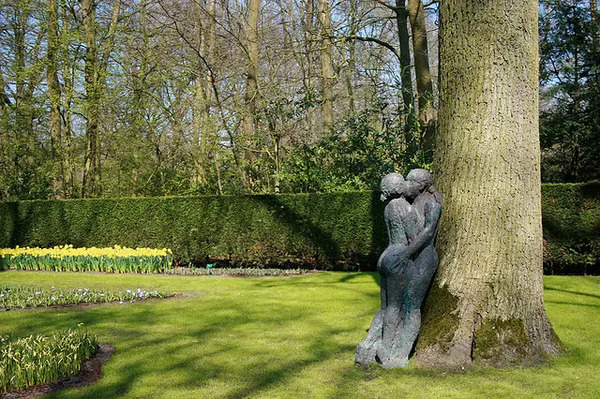
Finally, in Amsterdam’s Vondelpark, you’ll find a tender sculpture of two lovers in a passionate embrace. This intimate piece of art captures the beauty and vulnerability of love, symbolizing both connection and longing. The lovers appear to be frozen in time, offering a moment of reflection on the joys and complexities of human relationships.
Each of these unique sculptures stands as a testament to the creativity and boldness of artists around the world. Whether humorous, unsettling, or inspiring, they serve to challenge our perceptions of art and its role in society, inviting us to reflect on deeper truths about human nature, history, and the world around us. These pieces remind us that art is not just about decoration—it’s about making us think, feel, and question everything.
animal tags: unique-sculptures